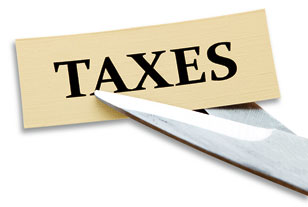All in the Family Tax 2016
All in the Family Tax 2016
As summer approaches, you may be thinking about hiring one of your children to work in the family business. It can be a good move for both you and your child. You could benefit from a reduction in taxes, while your child has a chance to earn a paycheck and develop valuable workplace skills.
SAVING TAXES
Hiring your child to work in the family business is a smart strategy from a tax perspective. Since your child is a minor he or she can qualify as a deduction from your business income, which would otherwise be taxed at your own rates.
If you are a sole proprietor, or operate a partnership with only your spouse, wages paid to your child would be exempt from Social Security and Medicare (FICA) taxes until your child turns 18 and from federal unemployment taxes until age 21.
Your child can offset what wages he or she earns with the standard deduction, which is $6,300 for 2016. Wages your child earns beyond the standard deduction will be taxed at his or her lower rates. Most likely, your child’s taxable income would fall in the 10% bracket, which applies to taxable income of $9,275 or less (in 2016).
UNDERSTAND THE REQUIREMENTS
Any work your child does must be ordinary and necessary for your trade or business. Your child’s wages must also be “reasonable” in relation to the services performed. For example, paying your child $2,500 a week to answer the company’s phones is unlikely to fly with the IRS.
Have your child sign a written employment agreement that specifies his or her duties, hours, and wages. You then have documentation if the IRS ever questions the nature of your child’s work. Your child should be paid by check, not cash, and the check should be deposited in a bank account in his or her name.




